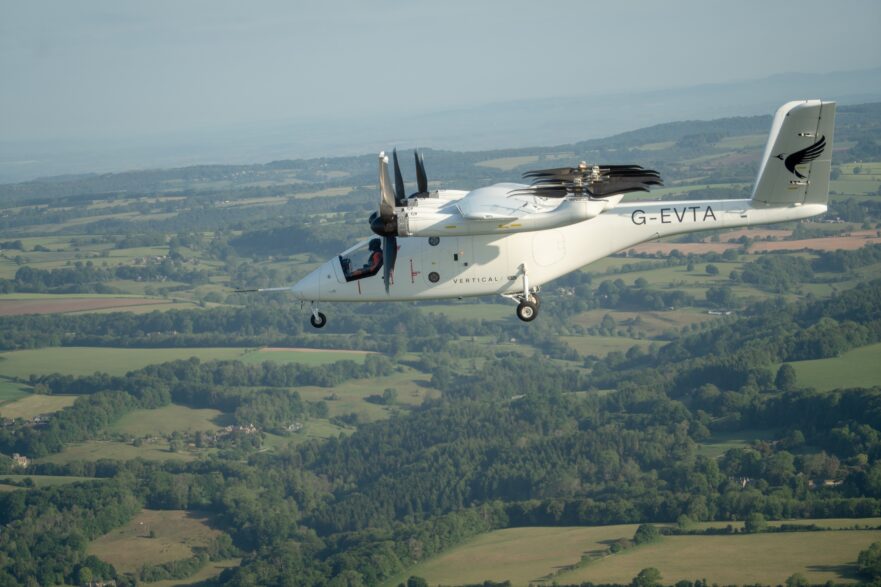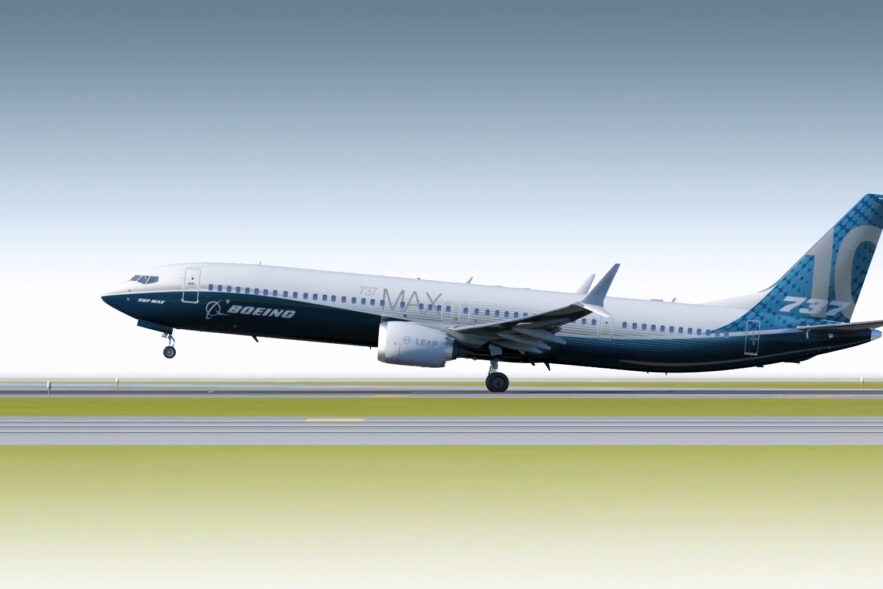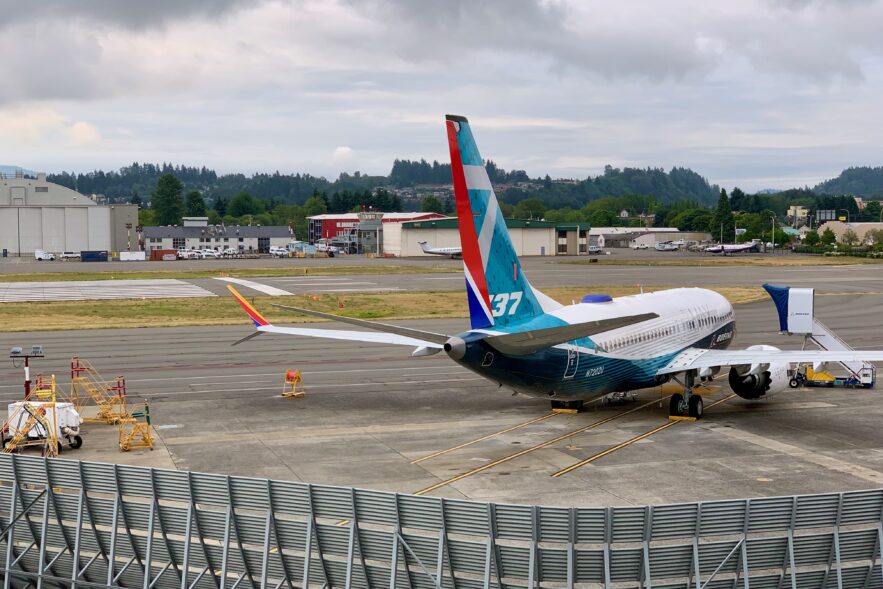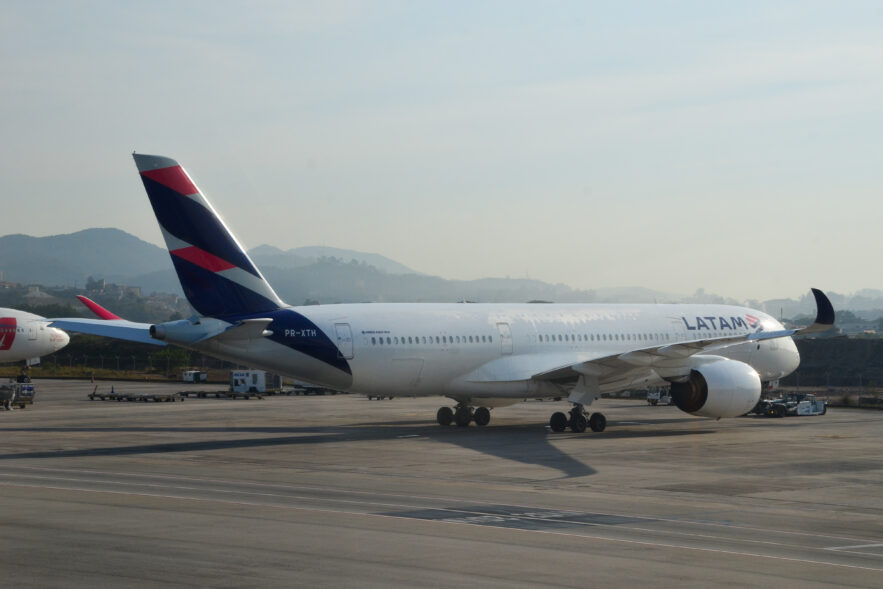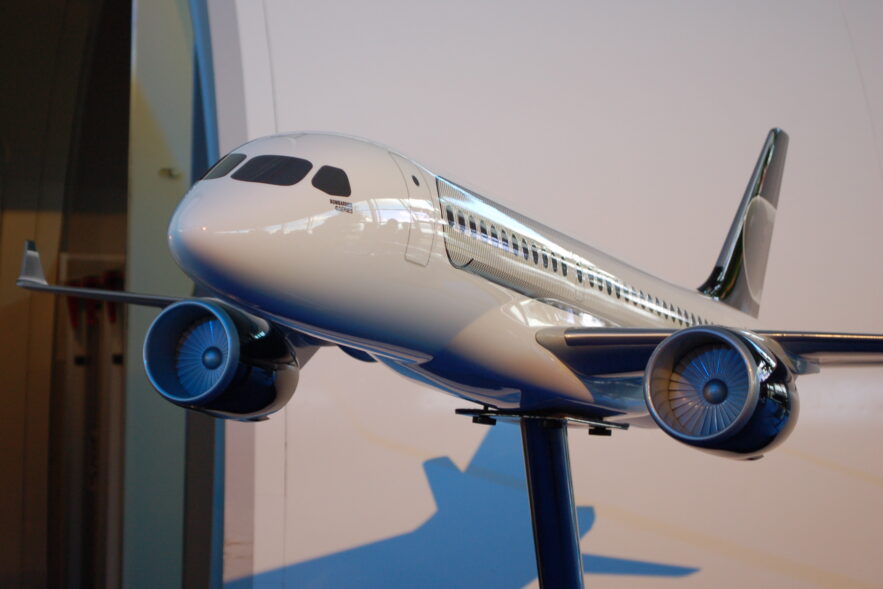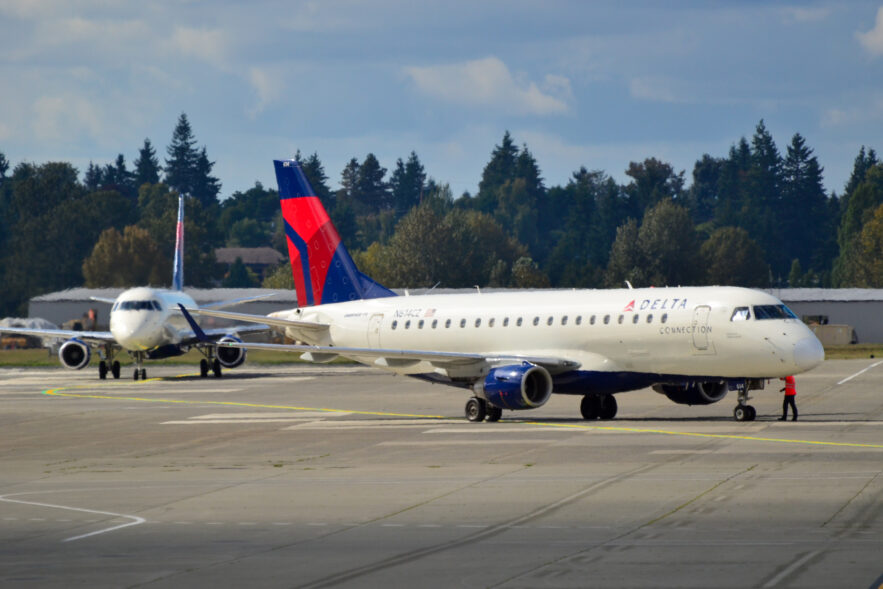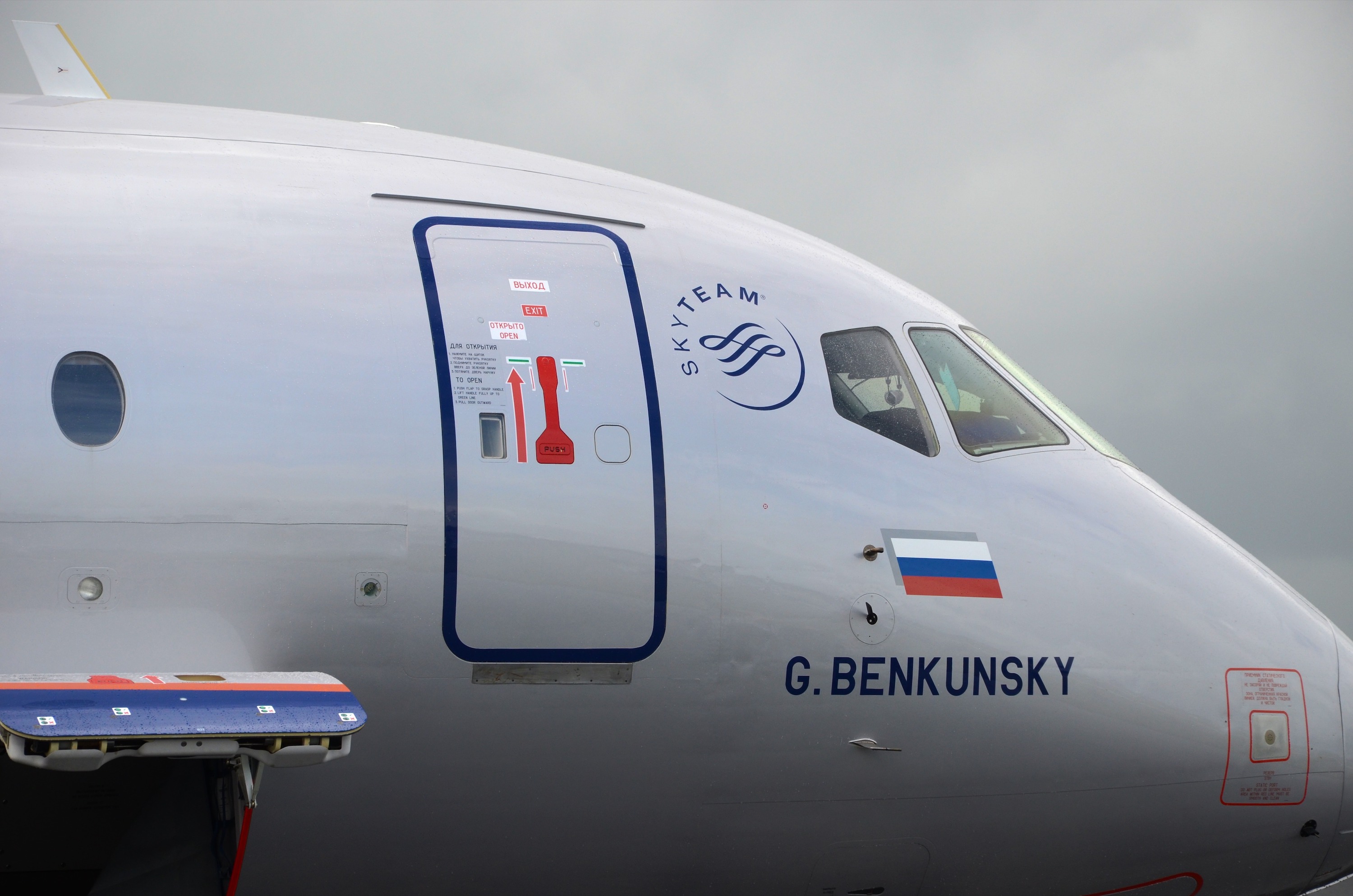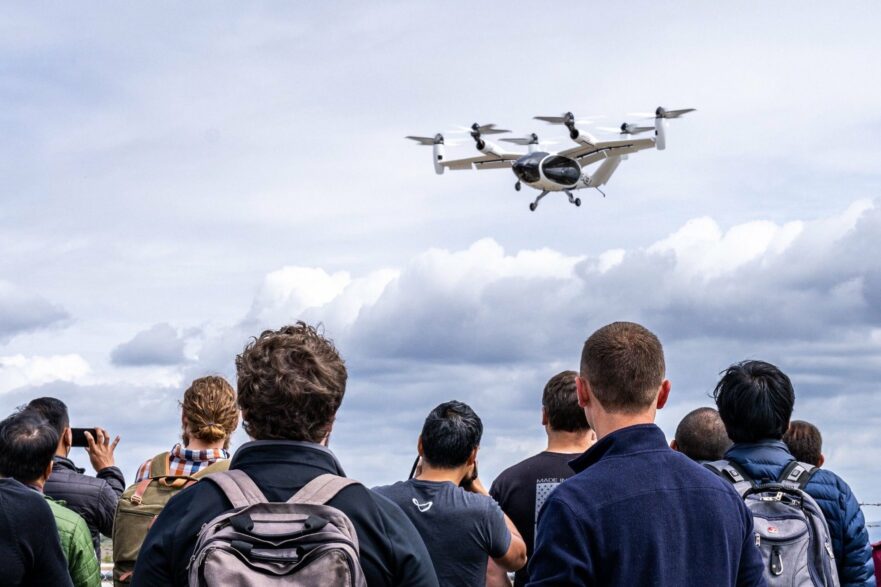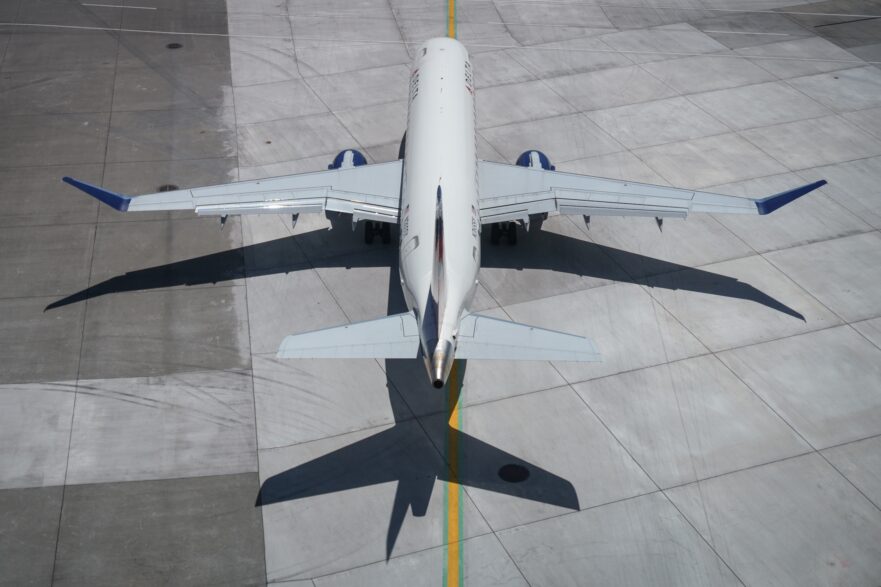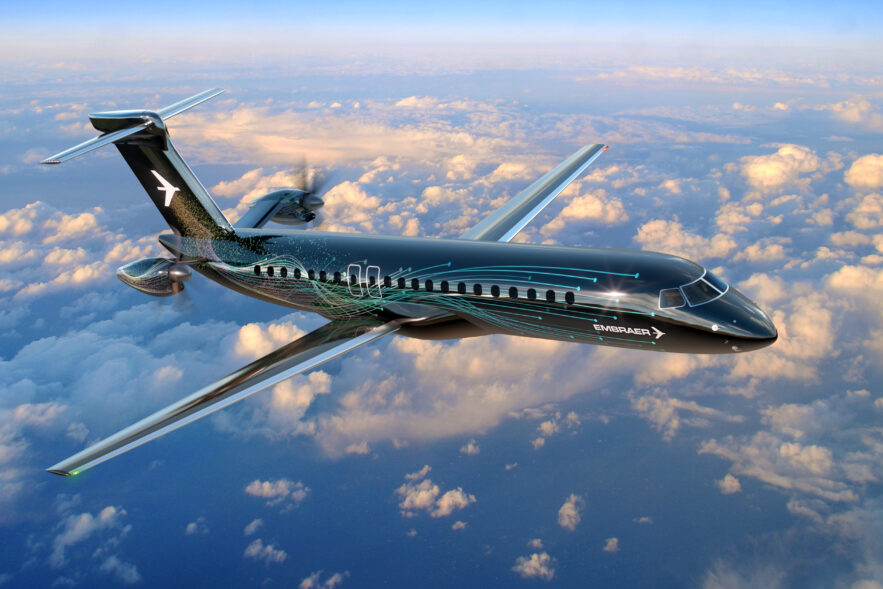Log-in here if you’re already a subscriber HEAR FROM THE AIR CURRENT Leave this field empty if you're human: Release...
In an incremental age, the landing gear designer gets top billing: Boeing formally unveiled the modified landing on its forthcoming...
Log-in here if you’re already a subscriber Release DateJanuary 14, 2021Alaska maps its 2020s with Boeing and leaves Virgin strategy...
Log-in here if you’re already a subscriber Release DateNovember 8, 2019Southwest wants a small airplane from Boeing or Airbus and...
#mc_embed_signup{background:#fff; clear:left; font:14px Helvetica,Arial,sans-serif; } /* Add your own Mailchimp form style overrides in your site stylesheet or in this...
Embraer and Boeing on July 5 formally unveiled their plans to establish a joint venture, carving out the Brazilian manufacturer’s...
LONDON — You can almost pinpoint the day everything started to shift. Precisely a decade (and a day) ago, journalists...
Log-in here if you’re already a subscriber Release DateMarch 23, 2020U.S. regional airlines will play crucial role for big carriers...
Denial of aviation is a weapon that predates the 21st century battlefield. Yet, with the return of war to Europe, it is also aviation’s Achilles’ heel. With it comes a cascading series of immediate and longer term consequences in the skies as commercial and industrial links are quickly broken after decades of cultivation following the fall of the Soviet Union.
Log-in here if you’re already a subscriber Since 2016, when Uber Elevate launched electric vertical take-off and landing aircraft into...
Log-in here if you’re already a subscriber HEAR FROM THE AIR CURRENT Leave this field empty if you're human: Release...
Fundamentally, even with this new shape, Embraer’s tentatively designated TPNG 70 and TPNG 90 (Turboprop Next Generation) haven’t changed in their overall mission. The aircraft is still a 70 to 90-seat turboprop with a range “a little bit more than 800 nautical miles” but optimized for flights between 250 and 300 nautical miles and flown at speeds “faster than an ATR, but not as fast as the Dash 8-400,” said Souza, putting its cruising speed between 300 and 360 knots. Embraer’s goal is a 15% to 20% improvement in cash operating costs for its bigger TPNG 90 compared to the ATR 72-600.
